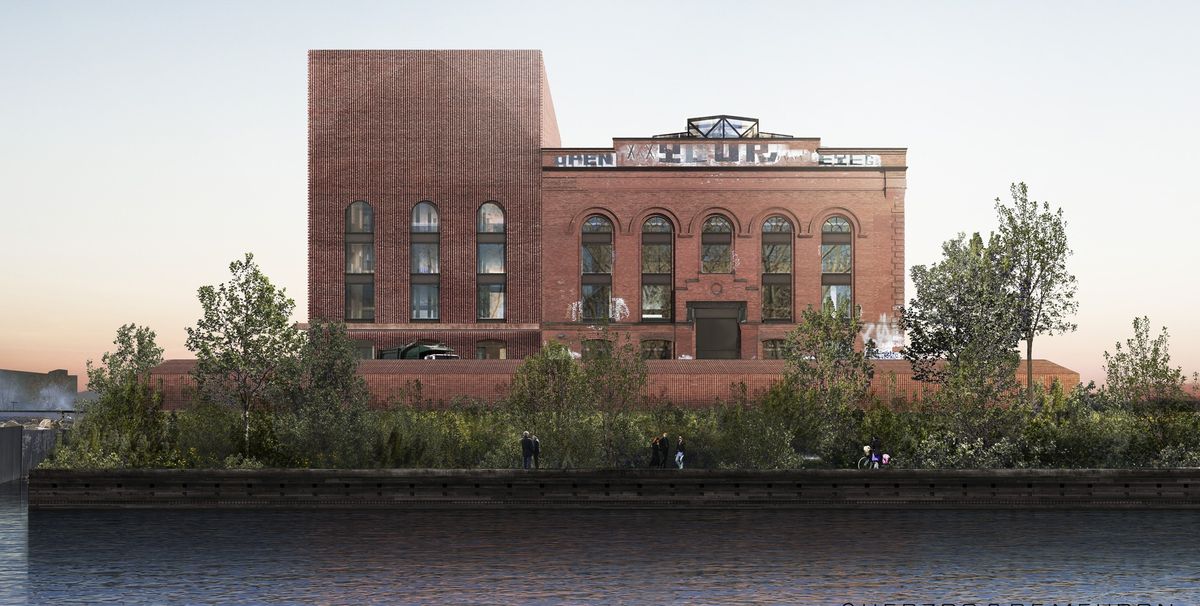A defunct, turn-of-the-century power station on the Gowanus canal in Brooklyn, New York, will be converted into an arts complex with workshops for artists and designers under ambitious plans drawn up by the non-profit Powerhouse Environmental Arts Foundation. Ceramics, textiles and prints will be produced in the revamped venue, known as the Powerhouse Workshop, which will also include exhibition spaces. The high-profile Swiss architectural practice Herzog & de Meuron won the commission to design the new centre.
The waterside venue, a former Brooklyn Rapid Transit power station, was built in 1904 and decommissioned in the 1950s. Recently, graffiti artists and squatters have occupied the dilapidated site. “During the early 2000s, it came to be known as the Batcave, a destination for youth, explorers and artists, whose work covers its walls,” a project statement says.
According to the New York Times, the foundation bought the building in 2012 for $7m. All the costs of the refurbishment, scheduled for completion by 2020, will be met by the organisation, says a spokeswoman. Herzog & de Meuron plan to add a six-storey expansion modelled on the building’s former boiler house, which was demolished after the Second World War. The turbine hall at the heart of the space will also be renovated. Herzog & de Meuron are known for transforming the Bankside Power Station in London into Tate Modern, turning the building's turbine hall into a space for large-scale commissions.
The project is likely to fuel the ongoing gentrification of the Gowanus district. Last year, the community website brooklynink.com reported that: “Undeterred even by the noxious canal that runs through the neighbourhood, real estate developers are converging on it, and high-rise buildings with luxury condominiums are sprouting beside single-storied industrial warehouses”.


